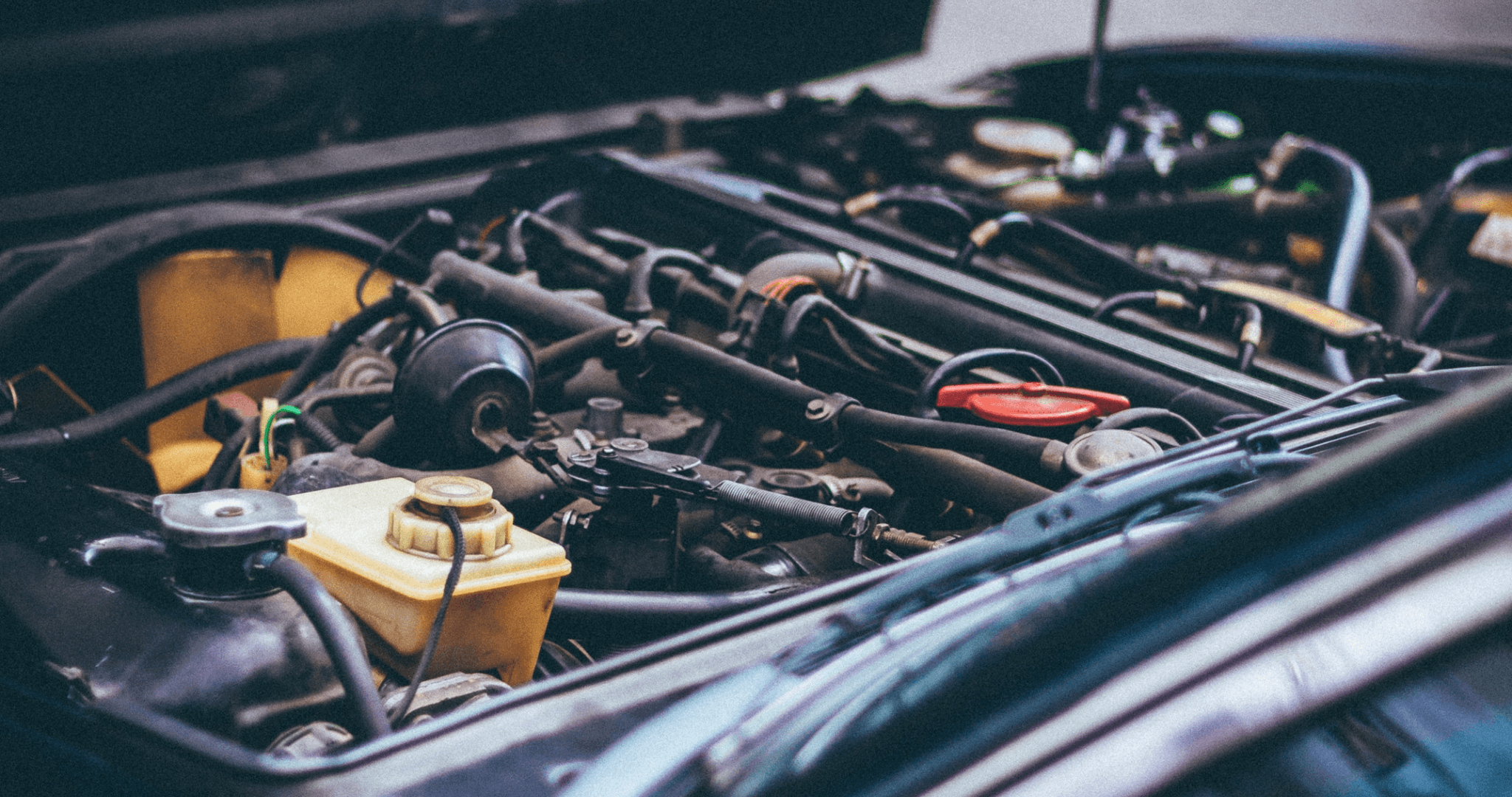Post-Overlanding Trip Vehicle Maintenance


Off-road trips and Overlanding can be tough on vehicles. You push your car to its limits, drive it through rough terrain for hours, and load it with heavy cargo. While there are perks to going on Overland expeditions, there are also drawbacks on the flip side, particularly when it comes to your vehicle.
Before diving into your vehicle's post-trip maintenance checklist, keep in mind that pre-departure maintenance is critical and must be done diligently.
You have to take care of the basics, such as taking your car to your local mechanic for a checkup or tune-up. Installing a roof rack is another pre-departure must-do.
A roof rack gives your car a unique look and makes it more useful by giving you more space for cargo. With evenly distributed weight throughout your car, the drive will be smoother and the engine will not be put under much stress.
Why It’s Important To Check Your Vehicle Post-Trip
It's always a good idea to give your vehicle a full inspection after a long, exciting trip of Overlanding. Here’s why:
- It catches potential issues. Some damage or issues on your vehicle may not be obvious. Doing a post-trip check will ensure any minimal or unapparent issues will not worsen over time.
- It will avoid costly delays. You will save a lot of time, money, and trouble if an issue on your vehicle is caught and fixed early.
- It keeps you safe. Prevent accidents and ensure your next drive is safe by doing post-trip vehicle maintenance.
Post-Trip Car Maintenance Checklist
1. Check The Tire Pressure.
If you didn't check your tire pressure while you were on the road, do it when you get back home. Tire pressure can change because of the air temperature, the travel distance, and the speed of your driving. Underinflated tires can increase your chance of blowouts, result in tread separation, and cause increased gas consumption for your vehicle. Conversely, driving with tires that are overinflated can cause the tread to wear unevenly, damage the safety elements of your vehicle, and also increase the chance of blowouts.
2. Examine The Brakes.
Another element to check is the condition of the brakes. Under normal circumstances, the rubber or steel lines that carry brake fluid are tucked away out of harm's way. However, during trail bashing, the retention clips or tie-downs that hold them in place can break. When you’re driving through bumpy roads, the lines could also snag on rocks which could result in a slow leak.
3. Inspect Electrical Wirings.
It is advisable to routinely inspect electrical wirings and determine if their insulation covering has been rubbing against steel body parts. This is especially important for older vehicles that have had a lot of trail travel.
4. Look Into The Engine Compartment.
Slow leaks in the cooling system will lull you into a false sense of security. It may not be apparent but when it gets worse, it can cause engine failure from overheating. Make sure to also examine possible leaks in the hoses and power-steering pump. No wading kit in place? Take time to check for contaminants in the engine and transmission oil. If you’ve driven through water, excessive dust, or fine sand, lubricate the differential axle to prevent bearing failure. Don’t forget to drain and refill fluids accordingly.
5. Observe Unusual Sounds Or Vibrations.
You know your vehicle better than anyone. Pay close attention to any sounds or vibrations that are out of the ordinary. Look out for shudders that may be caused by a number of things, such as broken propeller shafts, damaged engine or transmission, uneven tires, and buildup of mud.
6. Check Suspension Components.
Look for any signs of damage on the control arms, track bar, bump stops, and springs. If you’re able to, crawl underneath the car and check for signs of wear and damage or loose nuts and bolts.
7. Inspect the Frame And Accessories.
Give your car a once over, paying close attention to high-stress areas. Keep an eye out for any cracks, dents, or scratches. Wiggle accessories such as your roof rack to ensure it did not loosen.
Conclusion
Your car was your transportation to beautiful landscapes. It was part of your living space when you were Overlanding and has kept your possessions safe. Your car is an investment that has doled out many returns. Make sure that you take care of it and keep it in great condition by following this post-trip vehicle maintenance.






